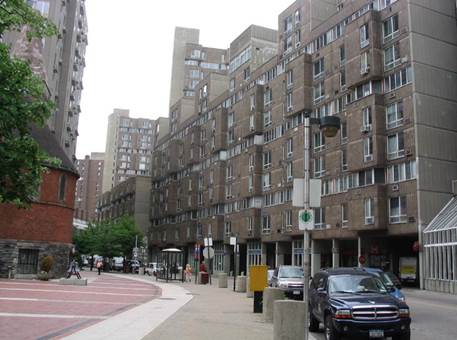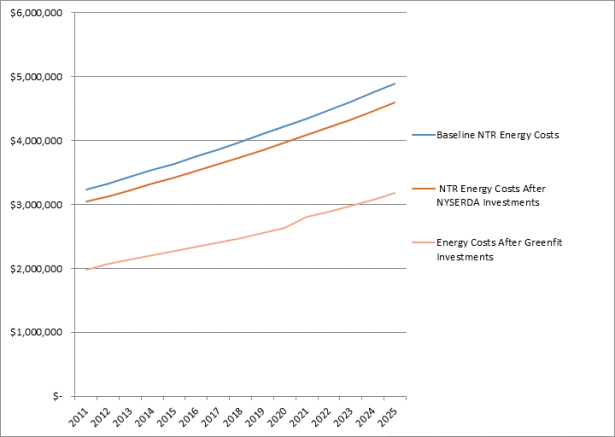After Chucking Old Heating System, Building Saves Thousands
By Jane K. Callahan June 3, 2015 11:35 am
reprints
The “Technology Spotlight” is a series of three articles sponsored by Con Edison about energy efficiency in building. This is the first of three articles appearing every Wednesday on Commercial Observer’s web site.
It’s not uncommon to see the windows of New York City apartments wide open on zero-degree winter days, a costly side effect of the inefficient heating systems that plague so many buildings.
Roosevelt Landing, a 1,000-unit building on Roosevelt Island, was experiencing this very problem on a massive scale. Residents opened thousands of windows to let the heat escape, and let thousands of dollars in energy costs go right out the window, too.
So in 2012, Roosevelt Landing’s owners, Urban American, decided to put an end to high heating bills.
“Roosevelt Landing was prime for a bigger retrofitting,” said David Davenport, managing principal of Urban Greenfit, a subsidiary of Urban American that retrofits buildings with greener technology.
Urban American’s initial study found that temperatures in the hallways and apartments would reach up to 80 degrees. “We realized that heating was by far the biggest driver — and cost — of electricity use,” Mr. Davenport said, who added that the building’s energy costs were on target to reach $5 million by 2024, up from $3 million in 2011.
The problem was that residents’ electric baseboard heaters came with a dial that had only three settings: “on,” “off,” and “high.” Because the heaters were often located inconveniently (for example, behind a sofa), residents would leave the dials on “high” all winter, opening the windows when they needed to. And since tenants paid a flat maintenance fee that included utilities, there was no incentive to use less energy.
To help fund the structural changes that would see costs plummet, Roosevelt Landing applied for grants through Con Edison’s Energy Efficiency Program. Con Edison provided almost $120,000 to fund the installation of programmable thermostats, “smart” technology that allows building managers to control the heat in common areas and apartments using a Web-based interface.

Each room has a thermostat and a new, sleeker baseboard heater that communicate wirelessly with each other, as well as with a central computer in the basement. The heat stays on until the rooms reach the desired temperature — which the building set at 74 degrees — at which point it automatically shuts off.
“Effectively, the thermostats act as an energy management system,” said Josh Eisenberg, executive vice president of Urban American.
In addition, sensors trigger the heat to shut off if a window is opened, and turn back on when the window is closed.
“It’s not rocket science,” Mr. Davenport said. “But it makes a huge difference.”
This past year, Urban Greenfit extended its efforts to the heating systems in the stairwells and corridors — a $50,000 project. Con Edison kicked in $24,000 in grants, covering nearly half the cost, which means Roosevelt Landing will recoup its investment in just two years.
Last year, in the coldest months of January and February, the building saved $180,000 in energy costs, lowering their bills to just 75 percent of what they once were.
With the completed retrofit nearing its one-year anniversary, Mr. Davenport said Roosevelt Landing has seen “real savings” ever since.


